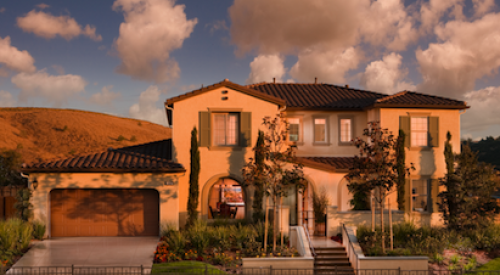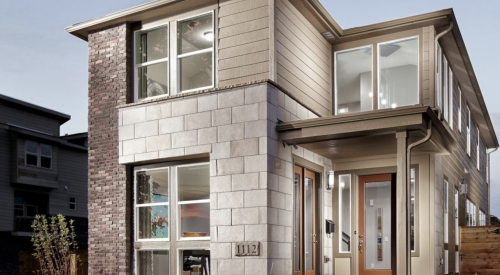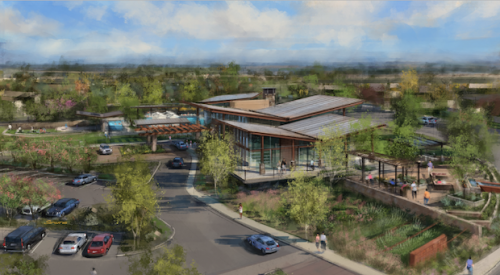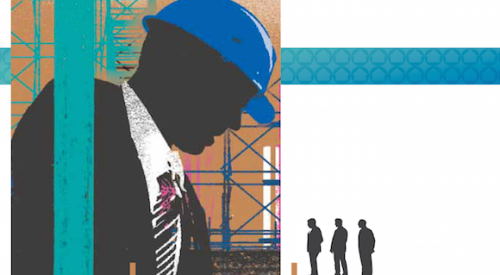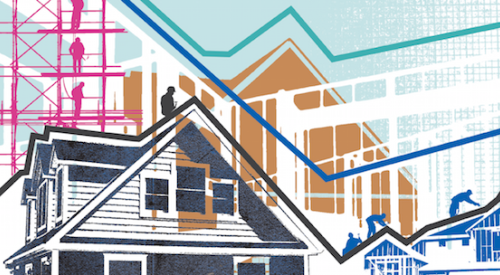Launched in the spring of 2009 by three former William Lyon Homes executives, Irvine, Calif.-based TRI Pointe Homes is among a small group of home-building startups led by industry veterans who are utilizing their deep relationships and clean balance sheets to make their mark in California.
TRI Pointe has quickly grown from a small, fee-based builder for the Irvine Company into a mid-sized merchant builder operating in Northern and Southern California, thanks, in part, to a $150 million equity partnership with Starwood Capital Group. Professional Builder sat down with TRI Pointe CEO Doug Bauer to discuss life as a startup.
David Barista: Given your combined 75-plus years of experience from running William Lyon Homes, what have the three partners brought to this startup?
Doug Bauer: We set up TRI Pointe to be the next generation of merchant home builders, which, for us, includes four key ingredients: having the best people on our team; focusing on real estate that is close to employment corridors; having a good capital base; and offering a great experience for our customers. None of these are revolutionary, but as a startup, it’s easier to execute on them because we’re not burdened with legacy issues. We’re not looking in the rear-view mirror at legacy assets, liabilities, and overhead. We’re not worried about some asset we bought 10 years ago that’s still weighing us down. We’re looking out the front window to grow the company and we have a profitable building platform to move forward on.
DB: When you talk about a focus on controlling land near employment corridors, how do you compete for this high-demand real estate, especially as a startup?
DB: It’s really having the right people focused on those locations and on developing the right relationships with land sellers, master developers, and the brokerage community. For instance, in Orange County we were selected by the Irvine Company as part of their executive builder program from the beginning. That was really the genesis of TRI Pointe Homes. When you have the Irvine Company call you for an opportunity like that, it only happens because you have developed strong relationships with the company.
In Northern California, we’ll be building in San Mateo at the old Bay Meadows Racetrack, which has been owned by Stockbridge and managed by Wilson Meany Sullivan — again, it’s been years of cultivating relationships. That was a very competitive bidding contest. But besides price, the sellers want to know that they’re partnering with a builder that builds an excellent product, builds on time, and is a good partner. They also want to know that the builder has the capital to perform. With our capital structure (Starwood partnership) and being small, we’re probably as nimble and competitive as any of the other privates and publics we compete against.
DB: What is your long-term growth strategy for TRI Pointe Homes?
DB: The plan is to grow the company organically to where we are building about 1,000 homes annually in Northern and Southern California. With the land we control right now — about 1,200 lots — we’ll be up to 150 sales this year and we should be over 350 sales next year, so we’re on that growth pattern.
The other part of our platform is mergers and acquisitions. We are strategically looking at markets outside of California, most notably Texas, Colorado, Phoenix, Nevada, and the Northwest. We’ve been meeting with private builders in those markets that see us as an attractive partner because we have capital.
Ultimately, our exit strategy is to take the company public, or perhaps sell it.
DB: Can you talk about some of the design innovations you are incorporating into your homes?
DB: One thing we like to do with our designs is establish what I call “memory points” — special places in the homes that help to spark buyers’ imagination of how they can live happily in our homes. For example, in Northern California, one of the buyer profiles is Asian Indian. We created two features for this group: a home-management center and a separate room off the main kitchen for their cooking-related appliances, like woks.
The other key design ingredient that we see in California is the trend of serving two masters. In both the attached and detached markets, we’re incorporating a junior master suite downstairs because the younger families that are buying our homes typically have extended family either living with them or visiting for extended periods.
Another component we’re focusing on is the green platform. For instance, we’re building million-dollar homes in San Jose that will incorporate solar as standard. We feel that consumers don’t want to pay for solar, and eventually it’s going to be a standard feature in most of our homes, including our entry-level products. We’re not quite there yet, but we’re looking at designing our homes to incorporate solar as part of the basic cost structure.

